Let’s Savor Ao Guang’s Battle Robe in Detail

In Ne Zha 2, Ao Guang’s armor is really eye – catching. Some even compare it with the Great Sage’s armor in “Black Myth: Wukong”. They’re both hanfu armors, but how come there are such huge differences?
Ⅰ. Ao Guang’s Armor
Let’s first take a look at Ao Guang’s armor. He wears scale armor, which probably draws inspiration from ancient ancestors observing animals with scaled skins. Generally, the scales of this kind of armor have a curvature, and their arrangement is quite unique. They can easily bend or even roll up in one direction. However, in the other direction, the bending angle is relatively limited.
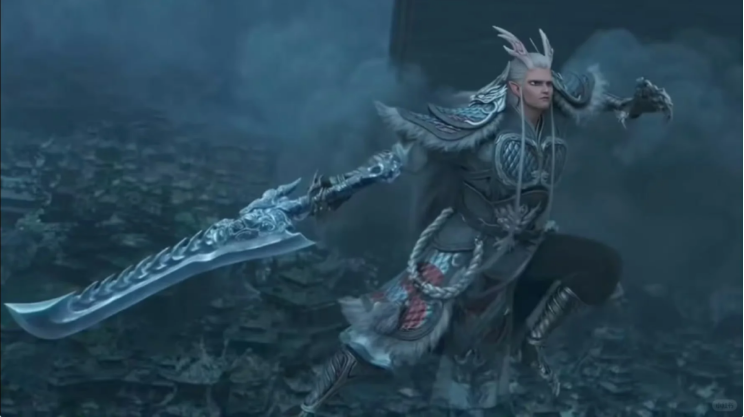
The choice of scale armor as Ao Guang’s battle robe might be because Ao Guang’s true form is a dragon. The shape of the scales on the dragon’s body is extremely similar to that of scale armor. It not only fits the character design but also highlights the domineering aura of the dragon race.
These characteristics make scale armor provide better defense against blunt – force impacts. However, given that scale armor can deform to some extent, it also needs soft cushioning materials to enhance its protective effect.
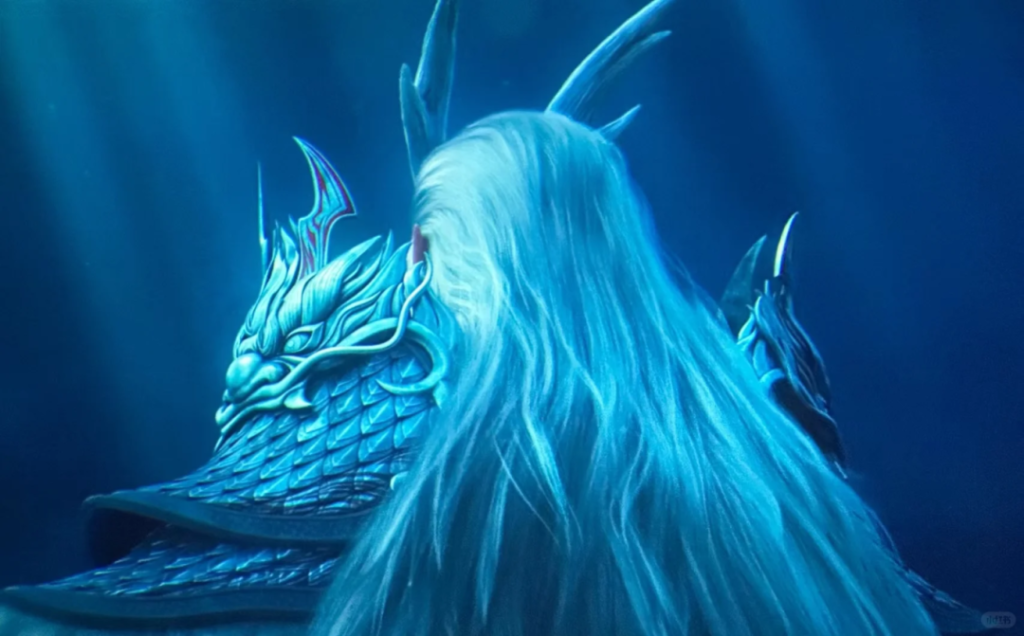
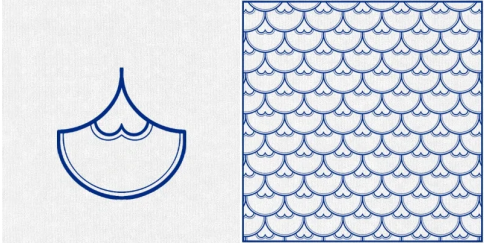
The term “scale armor” has two meanings. One, as the name implies, is iron armor made to imitate scales. The other is armor actually made from real scales. In the Ming Dynasty, “Essentials of Military Preparedness” (《武备要略》) recorded that when making pangolin scale armor, large scales from the backs of pangolins had to be carefully selected. The structure of this kind of scale armor is like fish scales, overlapping layer by layer. They are sewn onto a lining made of “Linqing kerchief” (临清首帕). The scales are arranged closely together. An entire suit of hanfu armor requires a thousand scales. Military books mention that armor forged from pangolin scales has excellent defensive capabilities against arrows and musket attacks and is a noble piece of equipment that only high – ranking generals can be equipped with.
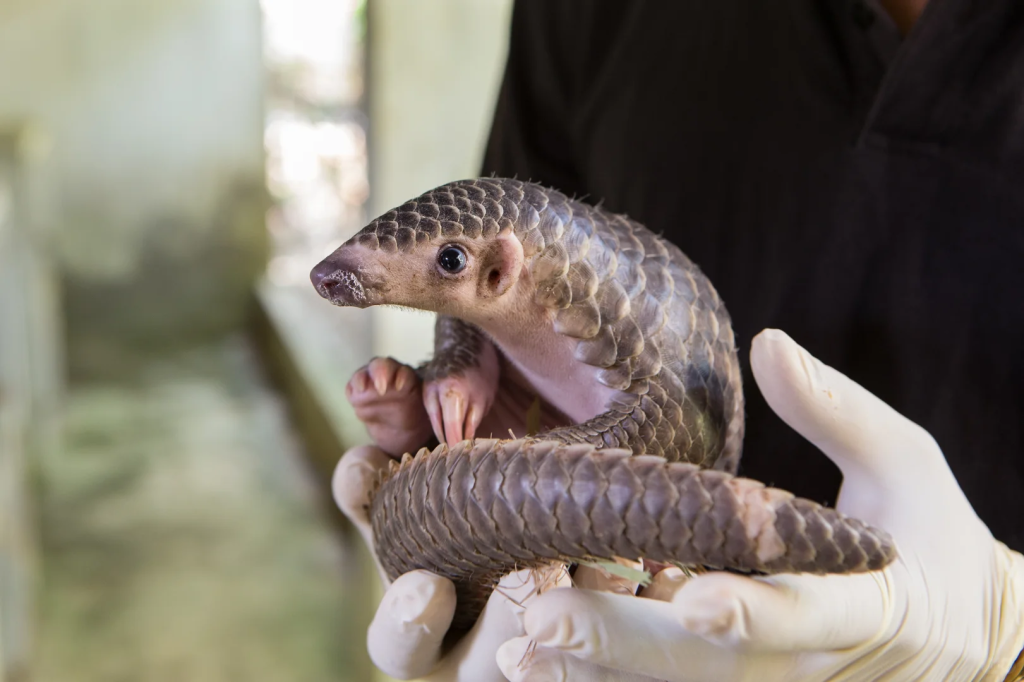
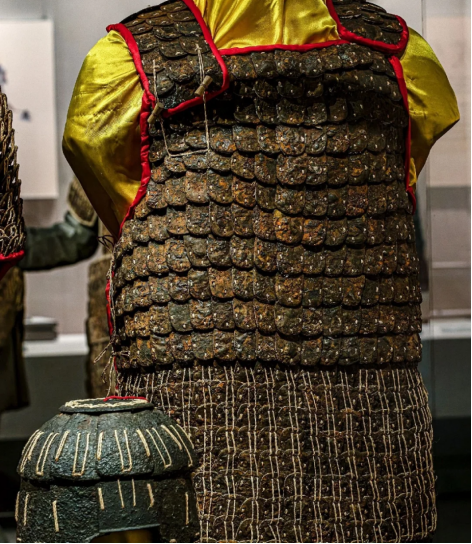
In the Ming Dynasty, there was also a type of “Tangni Armor” (唐猊铠) recorded in “Treatise on Military Preparedness”(《武备志》). It was made from pangolins. Each set of Tangni Armor required the skins of five pangolins. These skins were boiled and refined into a glue, which was then cooled and solidified into a glue – board as thick as cowhide. These glue – boards were then cut into armor pieces of various shapes, which were finally stitched together to form a complete suit of armor. At that time, the armor was named according to the shape of the armor pieces.

Ⅱ. The Great Sage’s Armor
Now, let’s talk about the armor of the Great Sage. The armor he wears was snatched from the Dragon Palace – the “Chain – mail Golden Armor”. “Chain – mail armor” is also known as ring – mail armor, lock – armor, interlocking armor, chain – link armor, golden – ring armor, locked – armor or simply mail armor. In some books, it’s called “mountain – pattern armor”; different names, same thing. It’s an iron armor made by linking metal rings together. The special feature is that the rings are interconnected from all angles. According to “Zhengzitong · Metal Section” (《正字通·金部》), “In chain – mail armor, five rings are interlinked. When one ring is hit by an arrow, the other rings will surround and protect it, so the arrow can’t penetrate.”
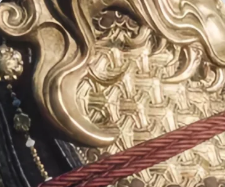
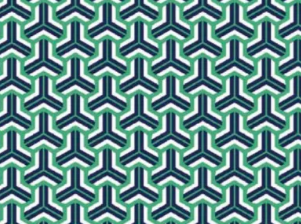
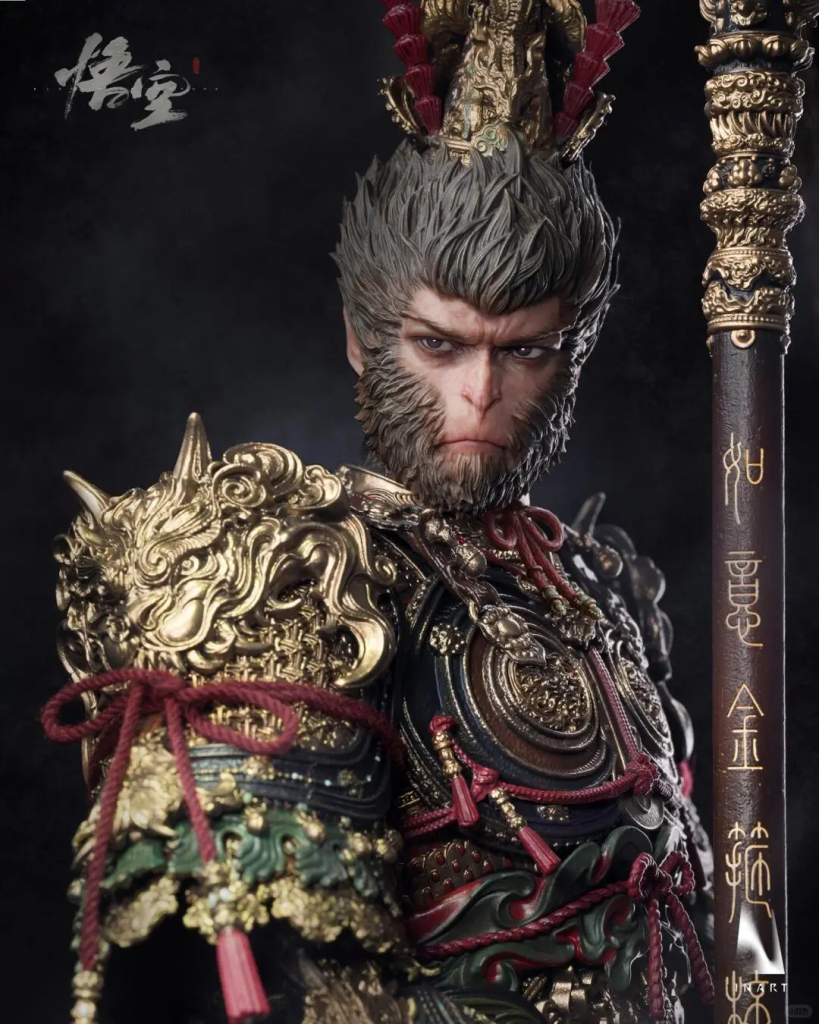
According to “Tang Liudian” (《唐六典》), there were thirteen types of armor, including Mingguang (明光), Guangyao (光要), Xilin (细鳞), Shanwen (山文), Niaochui (鸟锤), Baibu (白布), Zaojuan (皂绢), Bubei (布背), Infantry, Leather, Wood, Chain – mail, and Horse armor. Among them, Mingguang, Guangyao, Chain – mail, Shanwen, Niaochui, and Xilin armors were mostly made of iron. The last three were named after the shapes of their armor pieces. A complete and well – developed set of armor usually consisted of four parts: the helmet, body armor, sleeve armor, and skirt armor, which protected a warrior’s head, torso, and limbs respectively. The design was scientific, making it easy for warriors to put on and move freely.
The Tang Dynasty was a peak period for armor – making. More attention was paid to the decorative function of armor. Shoulder guards were added to the pauldrons, and belly guards were added to the breastplate. Thanks to these rich cultural elements, by the Song and Ming dynasties, the styles of Chinese armor were basically complete.
Summary
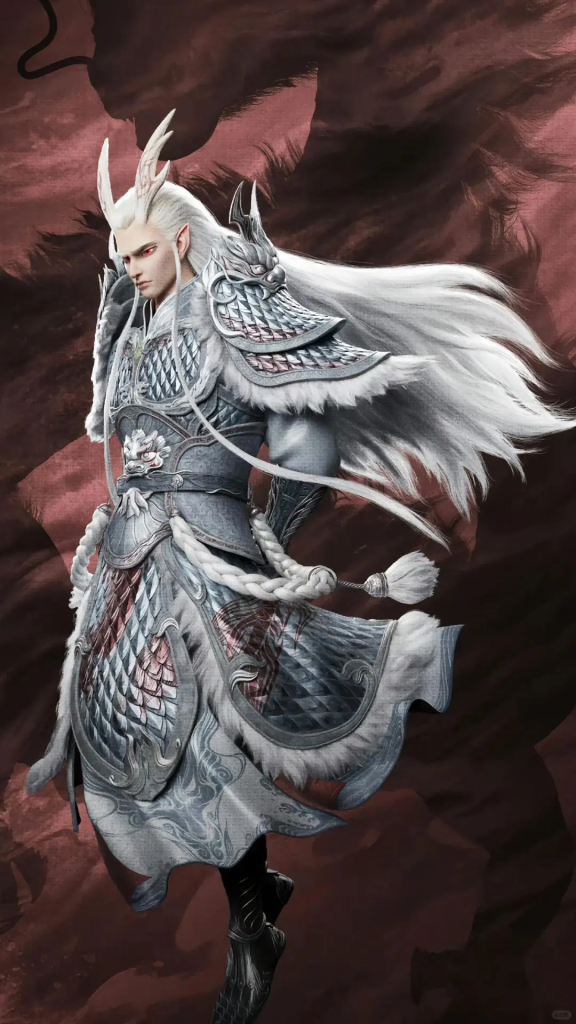
Chinese army robe and armors can add a great deal of domineering presence and might to characters. Was there anyone in the cinema who gasped in amazement when Ao Guang first made his appearance? Great characters can stand the test of time, and great armors are also worthy of us repeatedly savoring their cultural connotations. It makes you can’t help but sigh that battle robes and armors can significantly enhance male charm.
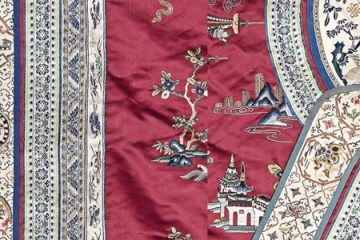
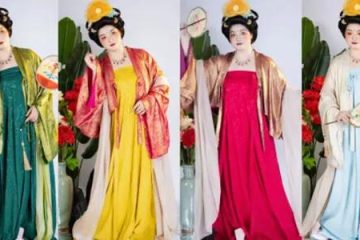
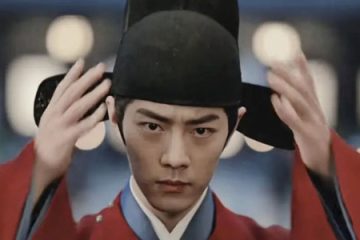
0 Comments